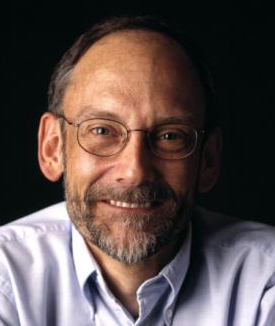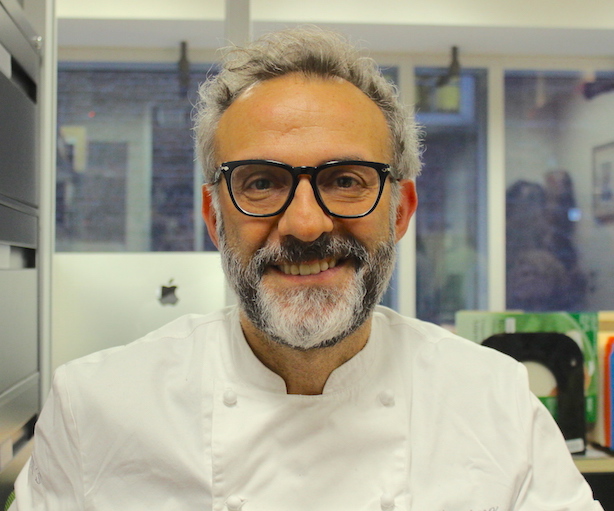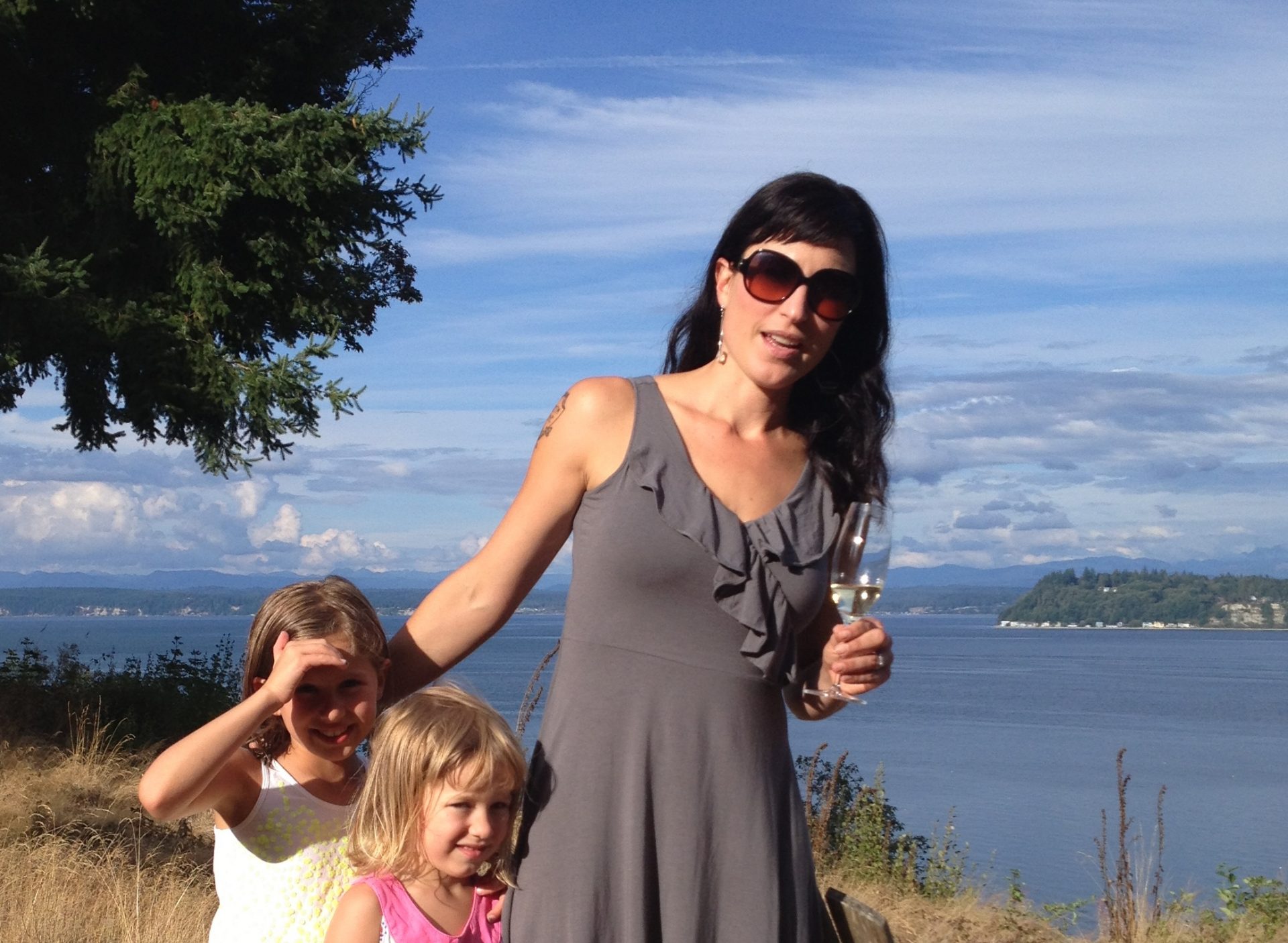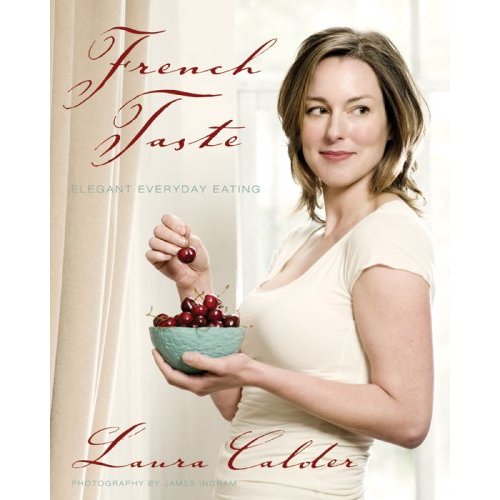by Malcolm Jolley
Harold McGee’s new book Keys to Good Cooking: A Guide to Making the Best of Foods and Recipes is not a cookbook, he emphatically writes. McGee pens the New York Times column, ‘The Curious Cook’, which is also the name of his website and is best known for his 1984 classic On Food and Cooking: The Science and Lore of the Kitcchen, which revealed the chemical, biological and physical secrets of making a great meal. The San Franciscan is considered a guru among professional and amateur cooks across the English-speaking world and winning high praise from all kinds of kitchen big-shots from Heston Blumenthal to Mario Batali and about everyone else in between. McGee’s writing has been both the foundation of much of the avant garde molecular gastronomy as it has been explanation behind the success of traditional dishes, so he is read and respected by both adventurists and preservationists. I caught up with Harold McGee in the Toronto offices of his publisher to find out just what kind of book Keys to Good Cooking is from the genial man himself.
Good Food Revolution: You say that Keys to Good Cooking is not a cookbook. What does that mean?
Harold McGee: Well, I like to think of it as a book of “keys”. Not recipes, but important things to understand about what foods are and how they behave when we transform them by cooking. I think of recipes as road maps to get you from point A to point B. But this is more of a kitchen companion, so as you are on that journey, if questions come up, you can consult Keys to Good Cooking for information to help you get to that place faster or more reliably.
GFR: Is it fair to say that this book is more user-friendly, or less in-depth and technical than On Food and Cooking? This seems to be more about getting people into the kitchen and cooking.
HM: Yes. In fact, what I would say is that On Food and Cooking is a book that’s meant to be read in an armchair, and maybe for half an hour at a time. But Keys to Good Cooking is meant to be read in the kitchen, standing up and only a paragraph at a time to answer very specific questions as you’re cooking, or are getting prepared to cook.
GFR: As one of the world’s authorities on scientific cuisine, or science in the kitchen, but you came to this as a passionate home cook, correct?
HM: Yeah. I started writing about the subject of science in cooking essentially because I was interested in cooking and enjoyed but didn’t know that much about it – we’re talking about back when I was in my mid-twenties. I thought there was a perspective that science could offer that would make a big a difference to people like myself and my friends who were never going to be professionals but loved food and were curious to know how it worked and what made things so delicious.
GFR: Are there common misconceptions that people carry around with them that you would like to see corrected?
HM: [Chuckles.] Yes, especially when it comes to cooking meat and fish, which are the trickiest to cook. Vegetables can be boiled for 10 minutes and you can be pretty close to having a good result, but meat and fish are really easy to destroy. The reason for that is there are a lot of myths around about to how cook them and what you can get away with. The idea that searing a piece of meat will seal in the juices and guarantee a juicy and good result actually came from a chemist, rather than a cook. And the idea that cooking meat or fish in a moist environment, like a braise, will guarantee you a moist result is also a myth, even though it sounds plausible…
GFR: Yeah. How do you get dry food, if you’re cooking it in liquid?
HM: Well, think about taking a piece of beef and dropping it into a pot of boiling water. Imagine what that’s going to be like after 10 minutes. You can’t get moister than a pot of boiling water and that piece of meat is going to be really dry. So it turns out that the moistness of a piece of meat has nothing to do with the environment you cook it in and everything to do with the temperature you cook it with.
GFR: Are people receptive? Are we getting it? Are things better than when you started in the 80s?
HM: Oh, they’re much better than they were back then. First of all, people weren’t that curious. They thought, well, I know how to make everything well enough. Nowadays, people realize you can make things really well if you understand what’s going on and take a little care. And so it does seem that there is a general hunger for information.
And yet, because these ideas appeal to a certain insecurity we all have when we come into the kitchen and we’re making a special meal. We don’t want to blow it, so if someone tells us, “You can be sure you’ll have a great result if you do this,” then we’re really going to want to believe that.
GFR: And do you have any dishes that give you trouble or cause you anxiety?
HM: Oh, yes. Any time I have people coming over to eat, I get anxious. It’s not so much that I’m not confident of my understanding of what’s going on, but just that in the heat of the moment, so to speak, when you’re juggling two or three different things at the same time you can forget to turn the temperature down for the meat to cook slowly, or you can think you turned it down, when you didn’t at all. I’ve had plenty of moments like that. [Laughs.]
GFR: I guess it’s comforting to find out that even the master is plagued with the same anxieties! You write a regular column for The New York Times. Where do you get your ideas?
HM: From all kinds of sources. Often just from scanning the food science literature to see what’s new and I’l find something I didn’t know and I think would be interesting to my readers. And sometimes my editor asks me to write about a specific subject or issue. And sometimes I get questions from readers about a specific thing or observation.
GFR: And what’s your process? When you have a question and want to answer it, what do you do?
HM: The thing I love about my job is that it involves all kinds of very different kinds of activities. But I usually start by looking at books and scientific articles on the subject and start to build up some sort of theory of what’s going on. But the proof in the pudding in always in the kitchen. So I go to the kitchen and I cook. Either things work according to my expectations, or I am completely flabbergasted by what’s going on and I have to go back to my books and scholarly articles and try and find the disconnect.
GFR: You are required reading for any serious (and curious) cook. Are there books you always go back to or consult with regularity?
HM: Yes. I love the Oxford Companion to Food, which was originally written by Alan Davidson, one of my heroes. He was a scholar who saw the value of being thorough and systematic about food and food history in particular. Back in the 70s he quit a job as [a British] diplomat to start a little publishing company and really made a difference for the rest of us. A cookbook that I like to go back to over and over again because the writer includes so much detail about her observations and what’s going on is The Zuni Café Cookbook by Judy Rodgers. And then there are a couple of very technical books that I think very few people would take any pleasure from but they thrill me because they really fog down to the molecular nitty gritty of foods and they’re updated every few years, so I am getting the latest information.
 Malcolm Jolley is the Managing Editor of Good Food Revolution and Executive Director of Good Food Media, the non-profit organization that publishes GFR. Follow him at twitter.com/malcolmjolley.
Malcolm Jolley is the Managing Editor of Good Food Revolution and Executive Director of Good Food Media, the non-profit organization that publishes GFR. Follow him at twitter.com/malcolmjolley.









What an honour Malcolm. I wish I was able to make it for his talk. Thanks for sharing his thoughts.